In the year when Finland celebrates its position as design capital of Europe, the issue of how to preserve tradition in the face of ever-challenging technology is as topical as ever. In a country once economically dependent on processing its “green gold,” woodcraft comes with mother’s milk. At the annual gathering of “traditional wooden rowing boats” in the eastern province of Savo every summer, the Sulkava rowing event attracts between 6,000 and 7,000 rowers, with three main categories of small boats, comprising several hundred craft.Along with Finnish naval architect Terho Halme, a former Dutch marine engineer, Ruud van Veelen, is doing his level best to infuse modern design and construction techniques into these categories while still adhering to the less-than-precise rules of the competition. While basic dimensions such as the height of the sheer at the stem and stern are specified, builders also are obliged to maintain “traditional features,” such as raking the stem slightly and fitting oarlocks so that their pins do not extend over the gunwales.The adoption of plywood in traditional boatbuilding predated the establishment of the Sulkava races, although originally even the 40', multiple-oared “church boats” that have a long history in the region and were usually built from hand-sawn pine. The use of multilayered veneers for light weight has improved performance, and today finding any sawn-timber boat at a rowing gathering is rare indeed. Van Veelen has introduced non-local plywoods, such as okoume, which particularly challenged the race committee tasked with guarding “traditional style.” More particularly, he has pushed for the use of ultra-light construction, using epoxy resins and glued joints instead of tar, glue, and copper rivets.
Stay On Course

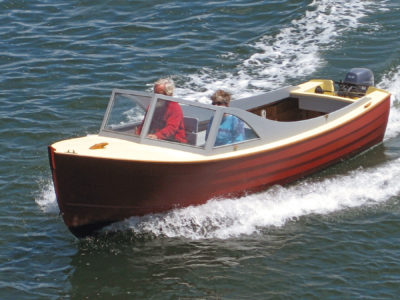
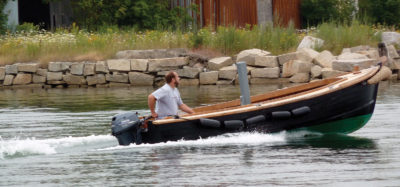

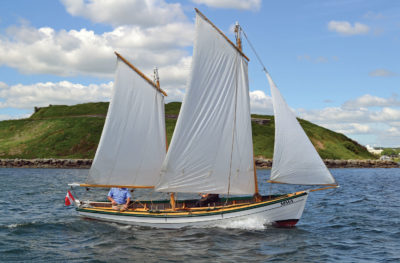
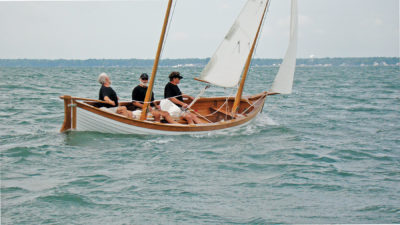

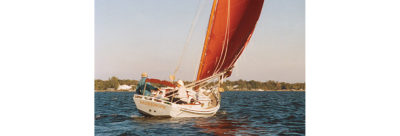
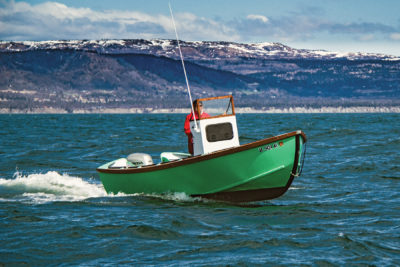
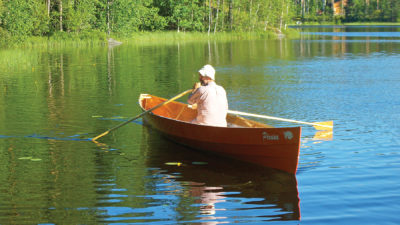
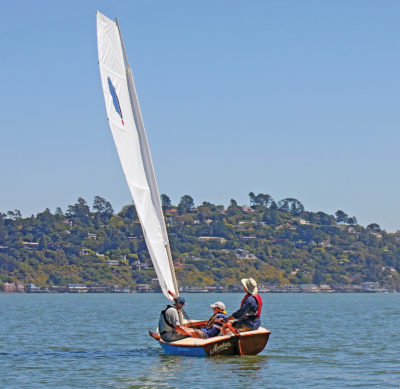
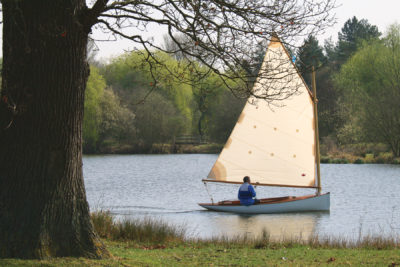
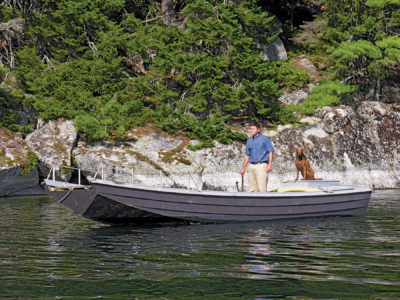
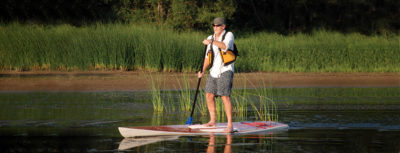
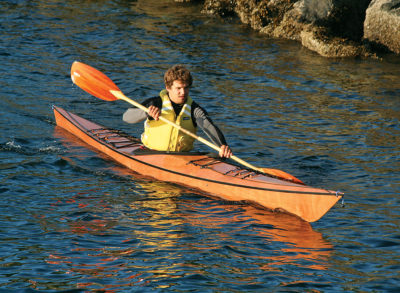

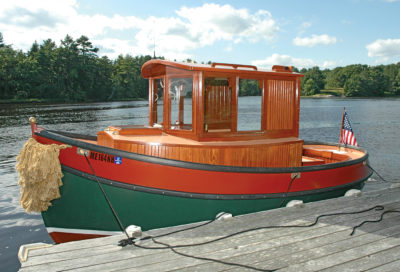
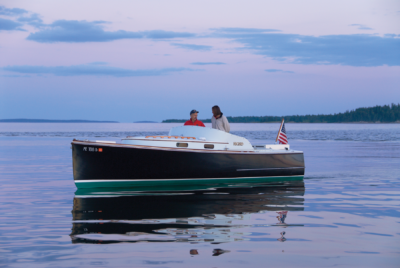
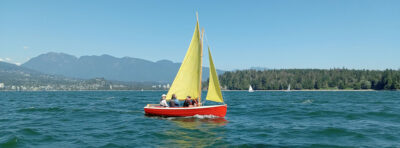
Join The Conversation
We welcome your comments about this article. To include a photo with your remarks, click Choose File below the Comment box.